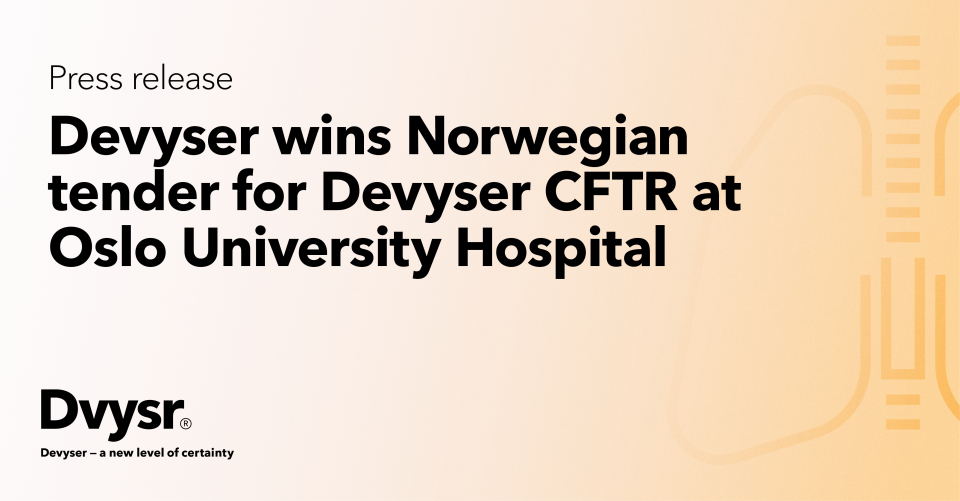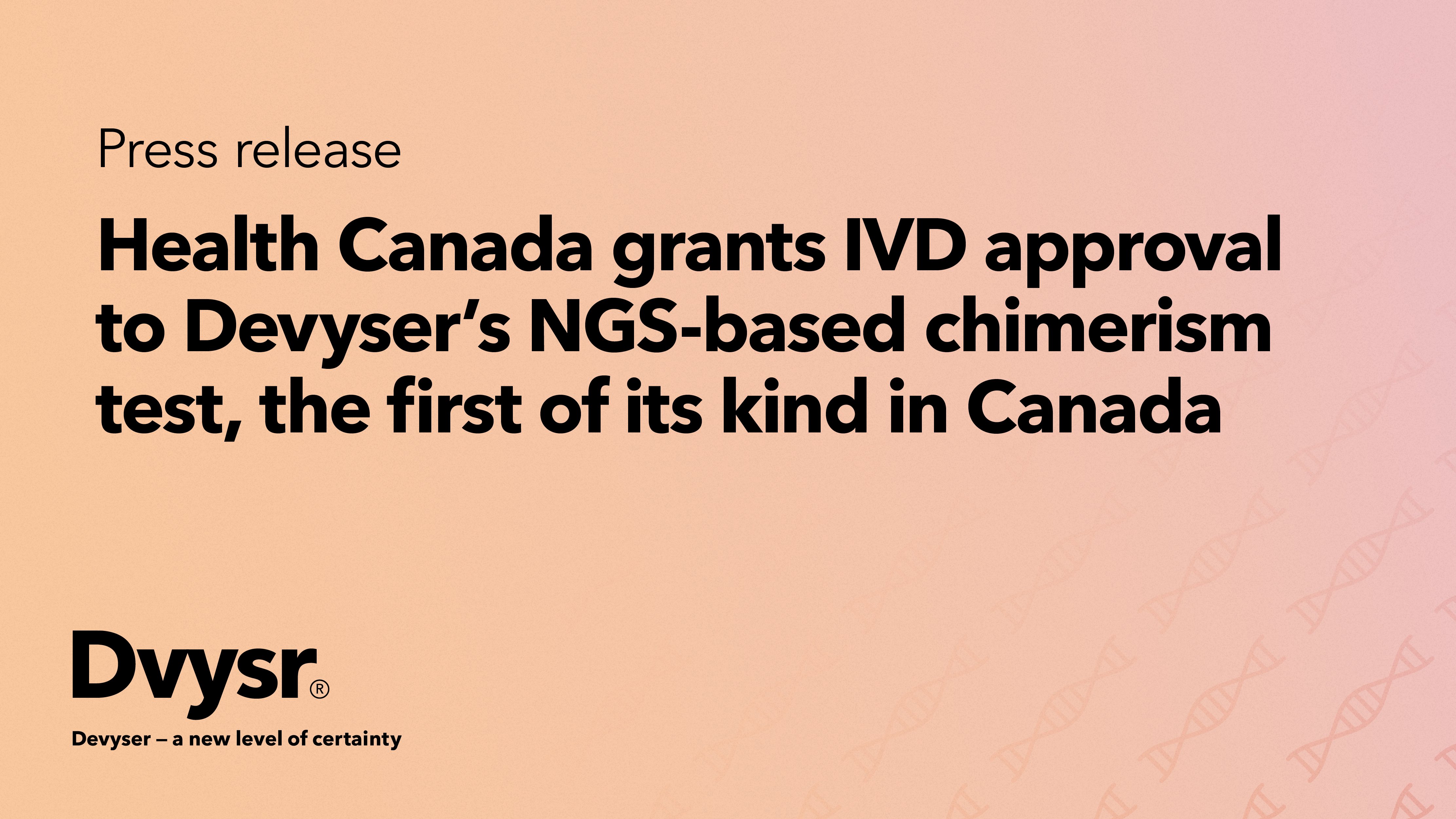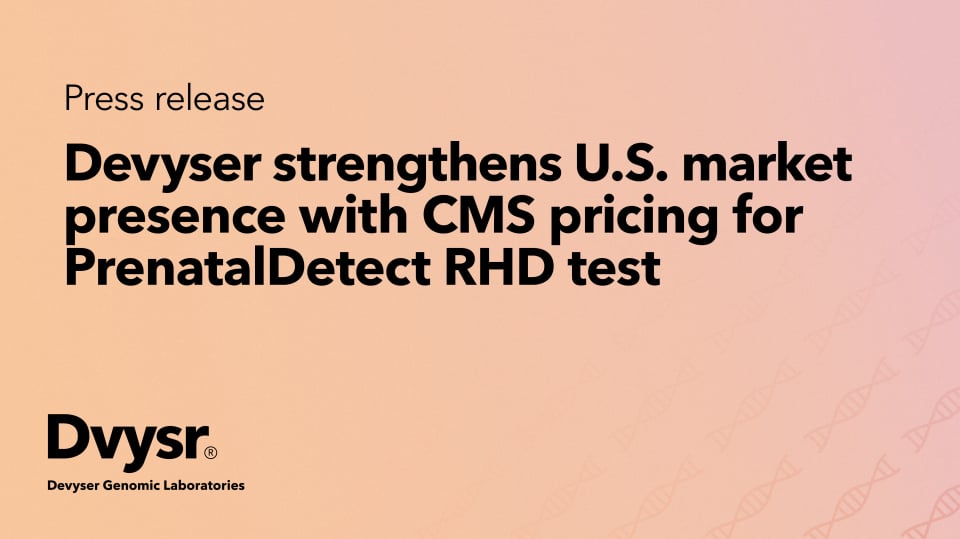Devyser wins Norwegian tender for Devyser CFTR at Oslo University Hospital
Devyser is proud to announce that the company has been awarded a tender by Oslo University Hospital...
Thalassemias
.png)
Thalassemias | July 15, 2024
Thalassemia, an inherited blood disorder affecting nearly 300,000 people annually, remains a significant global health challenge despite the success of prevention programs in high-prevalence areas. The disease results from mutations in the genes responsible for hemoglobin production, leading to varying degrees of anemia and associated health issues. Effective diagnosis is crucial for timely treatment, preventing severe complications and improving quality of life.
The Global Impact of Thalassemia
Thalassemia’s prevalence is shifting due to migration, introducing the disease into previously unaffected regions. This shift complicates diagnosis and management due to genetic mutation diversity. Alpha and beta thalassemia, the two primary types, result from mutations in the alpha and beta globin genes, respectively. The severity of these conditions varies based on the number and nature of the mutated genes.
Economic Burden
Thalassemia imposes a significant economic burden. Lifetime treatment costs for beta-thalassemia can reach nearly $2 million, whereas early treatment and management costs are substantially lower. The high cost of managing severe thalassemia highlights the importance of effective prevention and early diagnosis.
Changing Population Patterns
Traditional regions with high thalassemia prevalence, such as the Mediterranean and Southeast Asia, have established robust testing and prevention strategies. However, migration from these regions to lower prevalence areas, like North America, necessitates adapting healthcare systems to new demographic realities.
The Need for Comprehensive Testing
Accurate and timely genetic testing is essential for managing thalassemia. While useful, traditional methods like GAP-PCR and Sanger sequencing have limitations in sensitivity, specificity, and throughput. They are labor-intensive, time-consuming, and not well-suited for detecting a wide range of mutations, including rare or novel variants.
Next-Generation Sequencing (NGS): A Solution
Next-generation sequencing (NGS) offers a transformative approach to thalassemia testing, addressing the limitations of traditional methods:
Conclusion
Integrating NGS into clinical practice significantly advances thalassemia diagnosis and management. Its comprehensive, accurate, and efficient testing capabilities make it a valuable tool in adapting to the evolving global prevalence of thalassemia. By leveraging NGS, healthcare providers can improve patient outcomes and optimize treatment strategies, ensuring effective disease management across diverse populations.
To read the whitepaper in full, click here.

Devyser is proud to announce that the company has been awarded a tender by Oslo University Hospital...
Read More

Devyser, a leading provider of advanced genetic testing solutions, has been awarded a new tender in...
Read More

Devyser is proud to announce that One Lambda Devyser Chimerism and Advyser Chimerism have been...
Read More

Devyser today announced that the Centers for Medicare & Medicaid Services (CMS) has issued its...
Read More